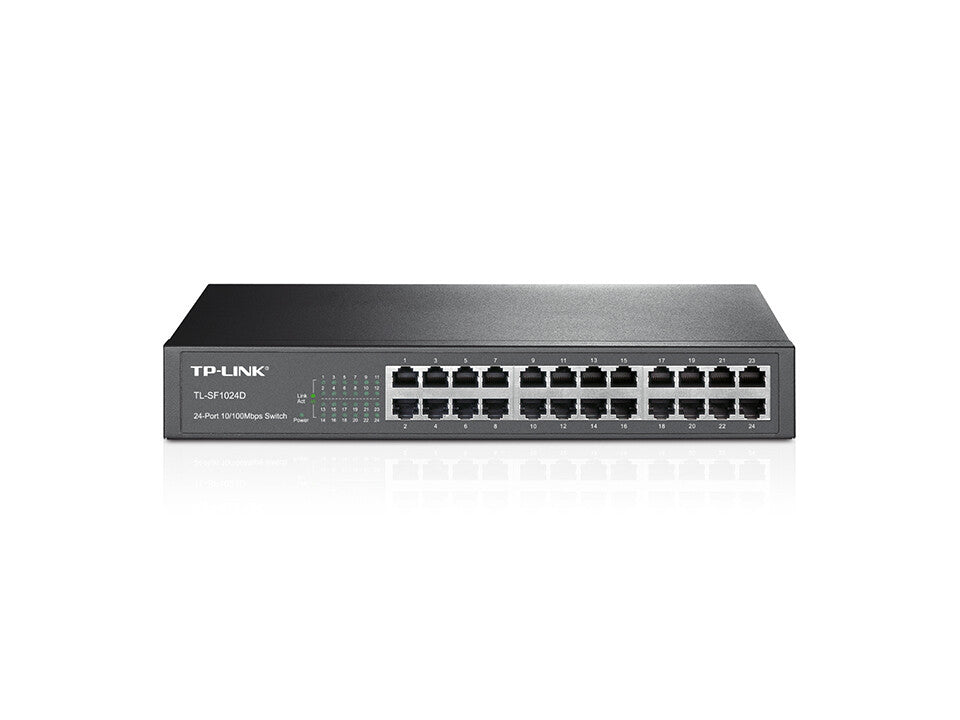
TP-Link Switches
The TP-Link Switches collection at Gotraka brings together cost-effective and reliable networking hardware tailored for environments that require dependable wired connectivity with minimal overhead. Known for their ease of deployment and consistent operation, TP-Link switches support a wide range of use cases from home offices and classrooms to SME infrastructure and commercial rollouts.
The selection includes unmanaged switches designed for straightforward expansion of existing networks, along with smart-managed and fully managed models offering VLAN control, traffic prioritisation, and diagnostics. These features make TP-Link switches viable in networks where segmentation, data flow management, and port-level monitoring are required without the complexity of enterprise-grade solutions.
Models within the range vary from compact, fanless desktop units suitable for silent operation to rackmount enclosures with higher port densities and integrated cooling. Port counts typically span from 4 to 48, with gigabit throughput as standard. Devices supporting Power over Ethernet (PoE and PoE+) allow for the direct powering of networked devices such as IP cameras, access points, and intercoms, making them well-suited for streamlined infrastructure builds.
Several switches include SFP uplink slots, enabling fibre connectivity for backhaul integration or long-distance extension. Build quality across the collection is consistent, with metal housings, surge protection on ports, and efficient thermal designs to ensure continuous operation in varied conditions.
TP-Link’s user interface is accessible through a web-based management platform, with configuration tools that are intuitive yet powerful enough for experienced network administrators. The switches support IPv6, loop prevention, and network diagnostics, ensuring compatibility with modern network standards and resilience under continuous usage.
This collection serves users who need robust switching capability, flexible deployment, and solid brand support, without overcomplicating network management or sacrificing long-term reliability.
